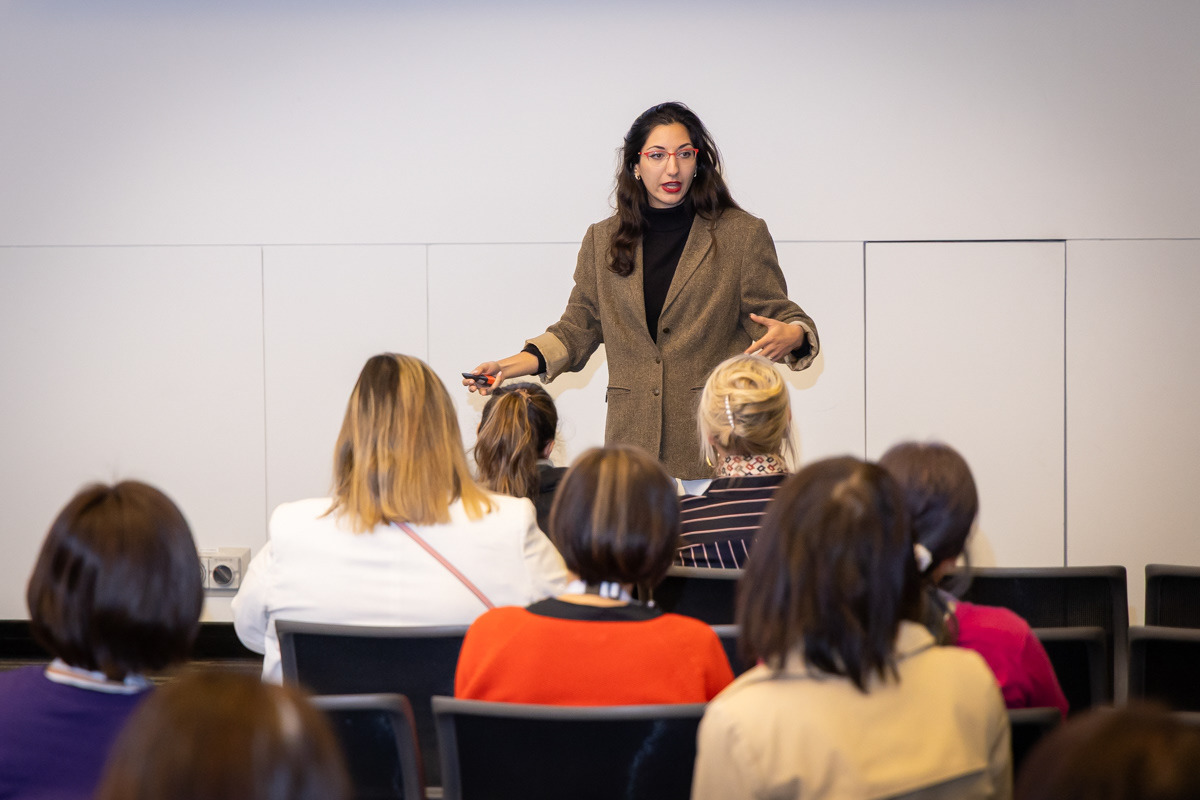
Even as someone trained to look for what is working in our lives, it has been hard to stay optimistic lately. The world feels heavy. But earlier this month, I attended the International Positive Psychology Association World Congress in Brisbane, Australia, and it offered a much-needed breath of fresh air.
Reconnecting with classmates and faculty from the University of Pennsylvania’s MAPP program and meeting researchers and practitioners from around the globe, reminded me that living through turbulent times does not mean giving up hope. Thanks to the Armenian Fellowship from the H. Hovnanian Family Foundation, I had the opportunity to present my own research on storytelling and well-being in the Armenian diaspora. With over 1,000 delegates in attendance, I left feeling inspired to continue bringing the strengths-based approach of positive psychology to Armenian and other diaspora communities around the world through Kaitzak.
So how do we build thriving communities? Is hope still possible when division and disconnection feels so prevalent? Here’s what I gathered:
We often think of adversity as something that breaks us, but it can also build us. Facing hardship, adapting, and moving forward can make us stronger. Research shows that difficult experiences can lead to greater resilience, especially when we reflect on what we have learned and how we have changed.
Dr. Lea Waters emphasized that the key to growth lies in the resources we draw on: connection, meaning, a sense of agency, and support. Yes, we can grow from adversity, but we rarely do it alone.
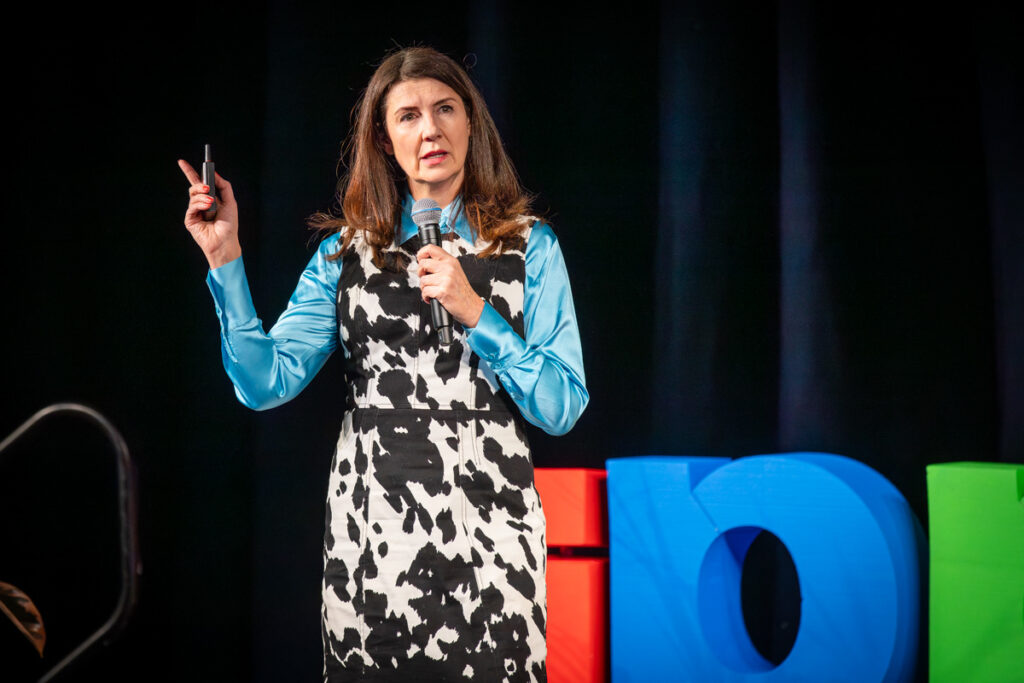
What happiness looks like in one culture might be completely different in another. Cross-cultural research reminds us that everything from how we express emotions to what we strive for in life is shaped by our cultural context. This is especially true in diaspora communities, where history, displacement, and tradition shape what people need to thrive.
We cannot apply a one-size-fits-all model. Supporting community well-being means listening deeply and adapting our approaches to reflect the unique needs and values of each group.
We often associate leadership with speaking, but strong leaders are also strong listeners. In a panel on radical listening, one speaker emphasized that listening is the first step toward genuine dialogue. It is a way of showing respect, curiosity, and care.
Especially in tense conversations, it is easy to shut down when we disagree. But listening does not mean agreeing. It means acknowledging someone’s humanity and their right to be heard.
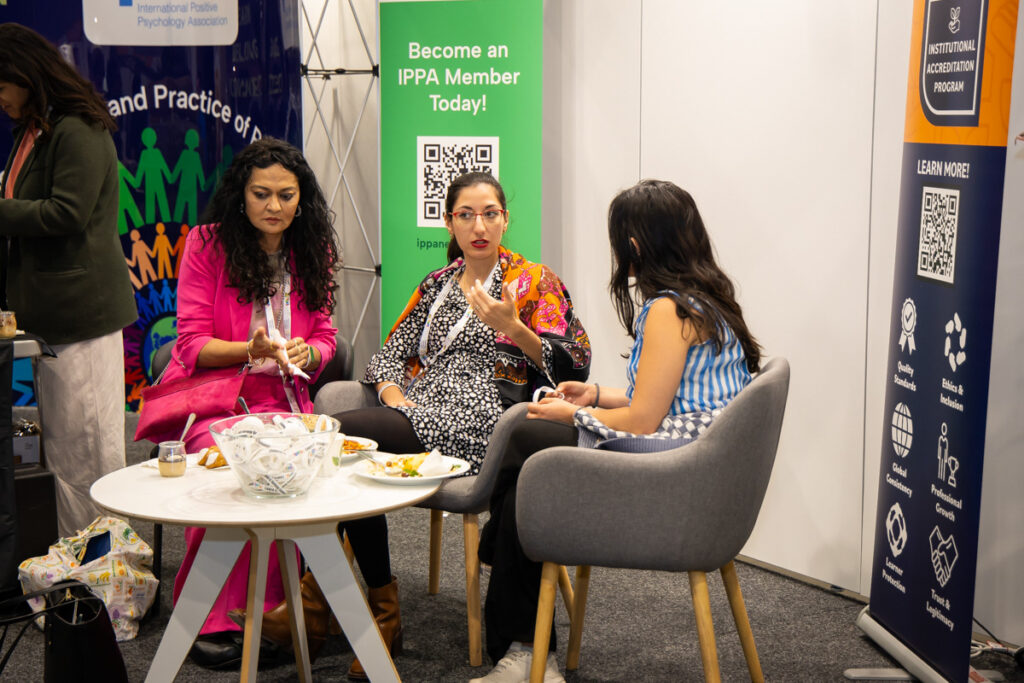
The stories we tell shape how we see ourselves and what we believe is possible. Dr. Tayyab Rashid reminded us that stories are dynamic, and that with time and reflection, they can be rewritten into more empowering ones. How we frame our experiences—especially painful ones—can shift how we act now and how we imagine the future.
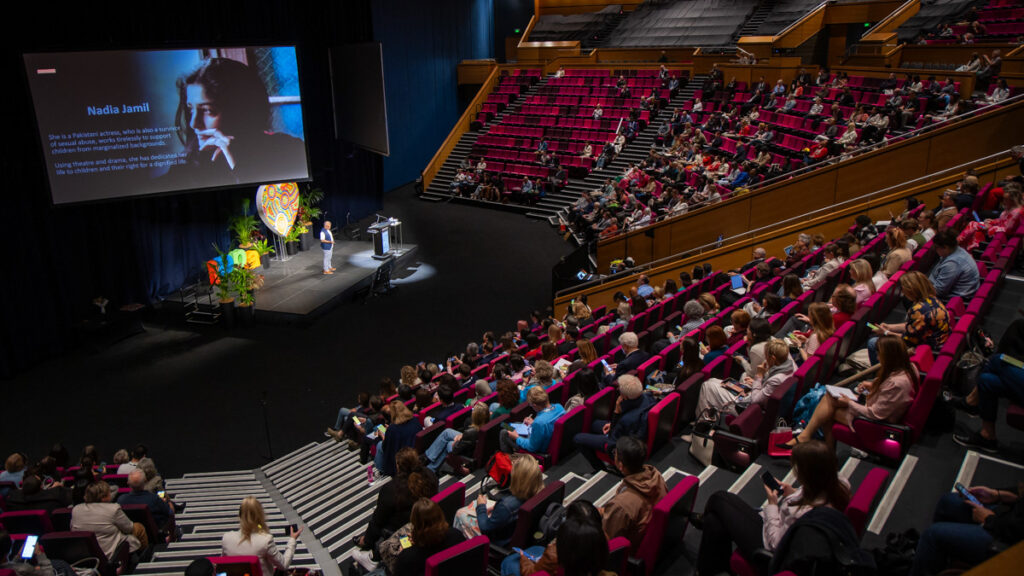
In groups, this process is just as powerful. My own research with Armenians in the diaspora pointed to storytelling as a tool for processing the past, connecting with each other, and reshaping collective narratives toward healing and resilience. Our narrative are like traditional Armenian carpets: they’re intricate and complex and yet, we each hold a thread. We get to choose how we weave it, and in doing so, shape the story we pass on.
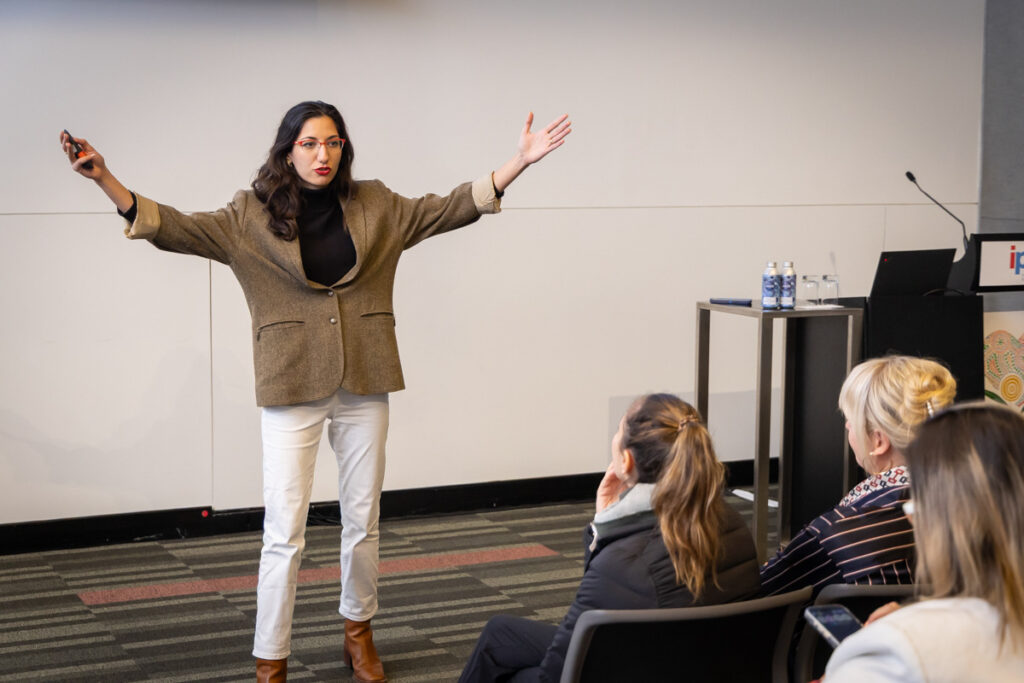
Hearing from cutting-edge researchers in the field and learning from practitioners working with Indigenous populations in Australia, I left convinced that thriving communities take time and understanding to develop. How we choose to tell our stories as a group is closely tied to the connections we foster, the sense of meaning and purpose in our communities, and how much trust we have in ourselves and others to create a more hopeful future with dignity and understanding.